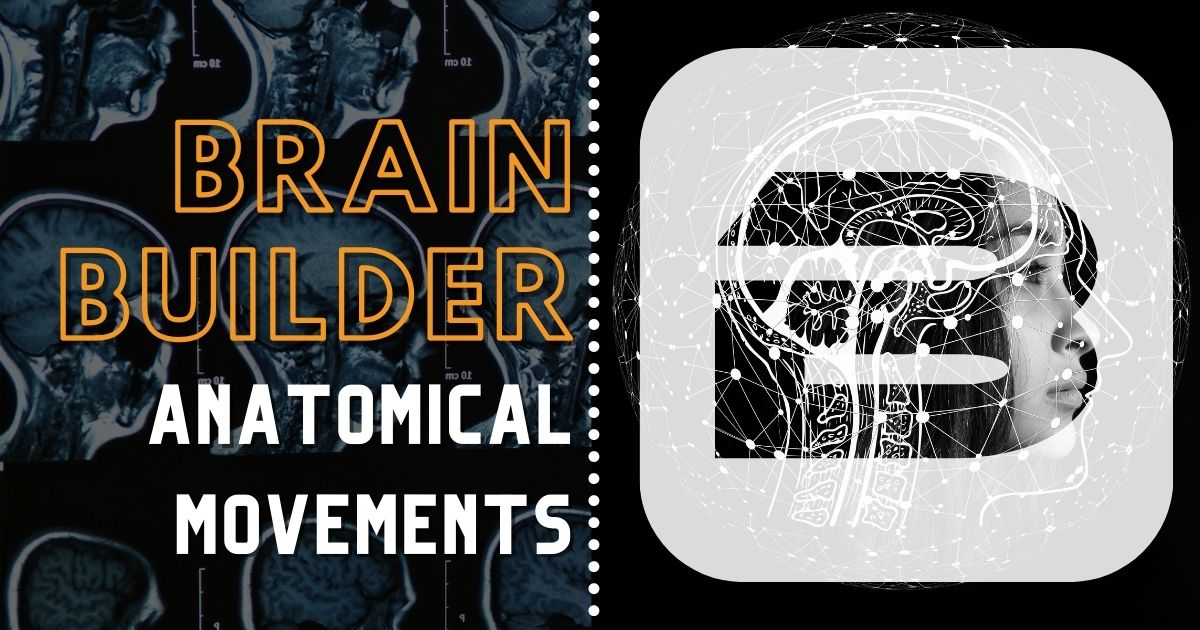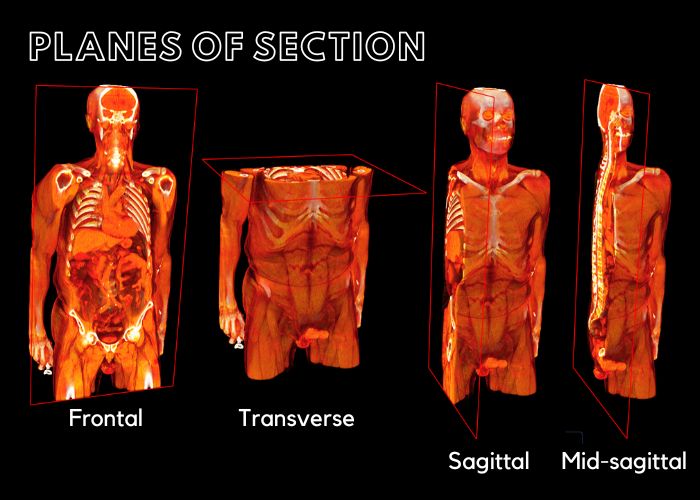Anatomical Movements
August 23, 2022

Free video explaining anatomical movements with examples. Use this video and article in your anatomy class!
Schedule a demo to learn about BodyViz interactive activities, virtual dissection, real patient case studies, and other resources to incorporate into your classes!
Schedule a Demo
Anatomical movements are the act of moving bodily structures or changing the position in one or more of the joints of the body. Through contraction and relaxation, muscles produce movements at joints that can be described clearly using anatomical movement terminology. These terms assume that the body is in anatomical position. Before learning about these movements, it is important to have an understanding or refresher on anatomical planes - check out our Brain Builder on the Planes of the Body and Anatomical Directions to learn about anatomical position and the anatomical planes. In this Brain Builder we are going to look at anatomical movements and their antagonist (opposite) movements.

There are six common pairs of movements that we will cover in this article. It is usually easiest to learn and memorize these movements in pairs.
Flexion and Extension
These movements occur in the sagittal plane. Flexion focuses on decreasing the angle between two bones or two parts of the body. Extension focuses on increasing the angle between two bones or two parts of the body. This type of movement can occur in the neck, arm at the shoulder, forearm at the elbow, hand at the wrist, digits, spine, thigh at the hip, and leg at the knee. An example of this movement would be performing a bicep curl where when your forearm moves closer to your arm, the angle is decreasing at the elbow joint making this a flexion movement. When the forearm lowers away from the arm and returns back to anatomical position, this is an example of extension as the angle in the elbow joint is increasing.
Abduction and Adduction
These movements occur in the frontal plane. Abduction focuses on moving a limb away from the midline of the body (laterally). Adduction focuses on moving a limb towards the midline of the body (medially). This type of movement can occur with the arm at the shoulder, digits, and thigh at the hip. An example of this movement is when someone is performing jumping jacks. When someone is standing in the X position of a jumping jack with their arms out to their sides and their legs apart, they are demonstrating abduction with both their arms and legs. When their arms return back to the side of their body and their legs return back to being side-by-side they have demonstrated adduction.
Pronation and Supination
These movements occur in the transverse or horizontal plane of the body. Pronation is the rotation of the forearm medially so that the palm of the hand is facing downwards. Supination is rotating the forearm outwards laterally so that the palm of the hand is facing upwards. This movement can be applied to the whole body. For example, when you are lying flat on your back, the body is supine. When lying flat on the front (or the belly), the body is prone.
Plantarflexion and Dorsiflexion
These movements occur in the sagittal plane of the body. Plantarflexion is pushing or pointing the toes and ball of the foot down towards the ground, like when you are standing on your tiptoes. Dorsiflexion is standing on the heel of your foot, and pointing the toes upwards towards the sky.
Inversion and Eversion
These movements occur in the frontal plane and occur at the ankle joint, referring to the rotation of the foot. Inversion is moving the foot to turn the sole inwards or medially. Eversion is moving the foot to turn the sole outwards or laterally.
Protraction and Retraction
These movements occur in the sagittal plane. Protraction is moving a body part forwards or anteriorly. Retraction is moving a body part backwards or posteriorly. This type of movement occurs with the scapula and mandible (jaw). An example of this movement is when you throw a ball or push against something with your arms, this would be protraction of the scapula. When you bring your shoulder blades/scapulas together or roll your shoulder blades back, you are retracting the scapulas.
Becoming familiar with these terms is important in understanding and learning about the movements of the body. Understanding these movements helps you understand the complexity and coordination of the muscles of the body to move the bones of the skeletal system. Each of these movements occur in specific planes and have specific origins that allows you to break down which structures of the body are involved with a specific movement.
Schedule a demo today to learn how you can incorporate BodyViz 3D Interactive Anatomy into your classes and give your students the opportunity to learn in a variety of ways including premade modules and quizzes, videos, patient case studies, real patient virtual dissections, and more!
Schedule a Demo
References:
Anatomical Terms of Movement
Introduction to Anatomy: Anatomical Movements
Helpful Links